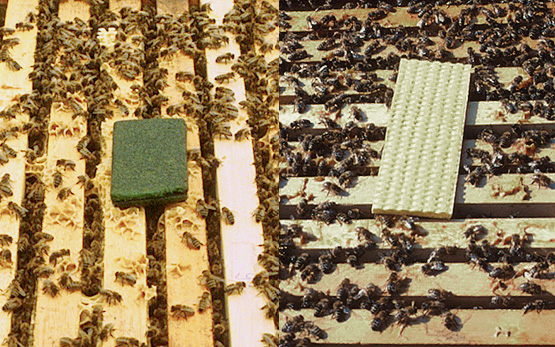Bachmann HP., Sartori C., Graber H. U.
Sicherheit und Qualität von Rohmilchkäse: zwei Seiten derselben Medaille.
In: Jahressitzung Agroscope - Emmentaler Switzerland 2023. 23. November, Agroscope Liebefeld (CH). 2023, 1-25.
Romanò A., Ivanovic I., Segessemann T., Vazquez Rojo L., Widmer J., Egger C., Dreier M., Sesso L., Vaccani M., Schuler M., Frei D., Frey J., Ahrens C., Steiner A., Graber H. U.
Elucidation of the bovine intramammary bacteriome and resistome from healthy cows of Swiss dairy farms in the Canton Tessin.
Frontiers in Microbiology, 14, 2023, 1-25.
A. M. Maisano , M. Luini , A. Gazzola , L. Sala , F. Vezzoli, L. Bertocchi , V. Lorenzi , P. Cremonesi , B. Castiglioni , S. Bergagna , A. Romano , E. Scaltriti, L. Bolzoni , I. Ivanovic , Romanò A. e altri
Staphylococcus aureus adlb gene is associated with high intramammary infection prevalence in dairy herds of Northern Italy: A cross-sectional study.
Journal of Dairy Science, 106, (5), 2023, 3421-3435.
Ivanovic I. , Boss R., Romanò A., Guèdon E., Le-Loir Y., Luini M., Graber H. U.
Penicillin resistance in bovine Staphylococcus aureus: Genomic evaluation of the discrepancy between phenotypic and molecular test methods.
Journal of Dairy Science, 106, (1), 2023, 462-475.
Cremonesi P., Severgnini M., Romanò A., Sala L., Luini M., B. Castiglioni
Bovine milk microbiota: Comparison among three different dna extraction protocols to identify a better approach for bacterial analysis.
Microbiology Spectrum, 9, (2), 2021, 1-10.
Gazzola A., Maisano A. M., Bianchini V., Vezzoli F., Romanò A., Graber H. U., Cremonesi P., Zanardi G., Cappa V., M. Luini
Short communication: Characterization of Staphylococcus aureus from bulk tank milk of dairy cattle in Lombardy (Northern Italy).
Journal of Dairy Science, 103, (3), 2020, 2685-2692.
Maisano A. M., Luini M., Lorenzi V., Bolzoni L., Romanò A., Spelta C., Angelucci A., Fusi F., Ferrara G., Vezzoli F., Bertocchi L.
Diagnostic value of composite milk sample vs single quarter milk sample for the detection of Staphylococcus aureus intra-mammary infections in cattle.
Preventive Veterinary Medicine, 167, 2019, 80-84.






